Last updated: July 12, 2023
Any links on this page that lead to products on Amazon are affiliate links and I earn a commission if you make a purchase. Thanks in advance – I really appreciate it!
Are you thinking of embarking on an equestrian adventure? If so, it’s crucial to gear up right, especially if you’re a novice. In the world of horse riding, the right equipment can be the difference between a rewarding experience and a rough ride.
Your gear should include comfortable, chafe-resistant clothing, safety equipment like a helmet and boots, and horse tack such as saddles and bridles. Don’t feel daunted by the list; everyone starts somewhere.
This blog post is your stepping stone into the equestrian world. It provides a complete overview of the essential horse-riding gear, so you can start your journey with confidence. Welcome to the world of horse riding!

Essential Horse Riding Gear for Beginners
Imagine standing on the threshold of an entirely new world, a realm filled with the sound of hoofbeats and the thrill of galloping across open fields. You’re about to embark on your horse riding journey. Yet, before you mount that saddle and take up the reins, you need to gear up.
The right equipment, designed specifically for beginners like you, is your ticket to a safe and enjoyable riding experience. Let me introduce you to your new best friends on this equestrian adventure.
Helmet
Stepping into the equestrian world, the first ally you meet is your riding helmet. This indispensable piece of gear serves as your personal guardian, shielding your most valuable asset – your head. When selecting a riding helmet, three key factors call for your attention: fit, ventilation, and a secure fastening system.
A helmet that’s too loose or tight won’t offer the protection you need, becoming a liability rather than an asset. Strive for a snug fit – it should sit comfortably, not wobble, yet not squeeze your head.
Next, consider the ventilation. A well-ventilated helmet will keep you cool during those sunny afternoon rides. Also, pay heed to the fastening system. It should be reliable and easy to adjust, ensuring your helmet stays securely in place.
Material matters too. Opt for a helmet crafted from durable materials and certified by trusted safety organizations like ASTM or SEI. These certifications are your assurance of quality and safety.
Comfort extends to the lining and straps as well. A comfortable, padded lining and adjustable straps contribute to a pleasant riding experience. And remember, helmets come in a multitude of styles, so finding one that matches your personal style won’t be a challenge.
From classic designs to helmets with a Western flair, there’s a world of options out there. Brands like Troxel Spirit and Ovation Deluxe Schooler are excellent starting points, well-regarded for their blend of safety, comfort, and style.
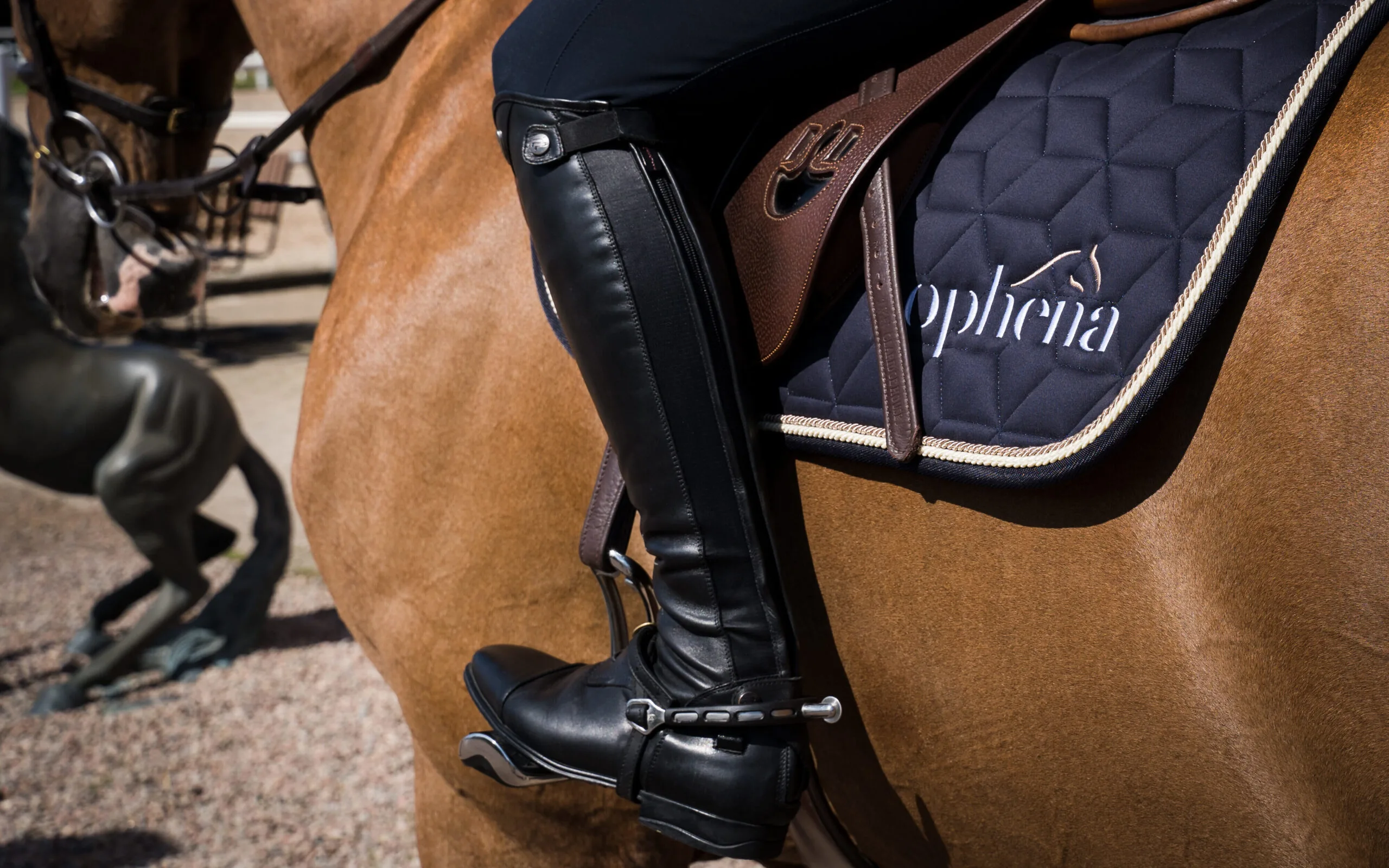
Riding Boots
Next come the riding boots. These aren’t your average boots. Specifically designed for horse riding, they have a distinct heel to prevent your foot from sliding through the stirrup. Comfort and proper fit are vital to avoid blisters and discomfort during your ride. Beginners might find Ariat Heritage Roper or TuffRider Starter boots a good fit, offering both comfort and durability.
Riding boots are more than just shoes. They’re a critical part of your horse riding gear, boasting features such as a high shaft to protect your legs from chafing, reinforced toes for added safety, and various straps and closures for a snug fit. They’re typically crafted from durable leather or synthetic materials, their design distinctly different from other boots.
If you’re venturing into English horseback riding, you have several boot options. Paddock Boots are a popular choice, designed with a low heel for easy walking and sufficient height to secure your feet in the stirrups. Field boots and dressage boots are other viable options.
Field boots offer a higher shaft and laces, while dressage boots have a slim silhouette for close contact with the horse. If style is a priority, you can opt for dress boots that are suitable for both general riding and show competitions.
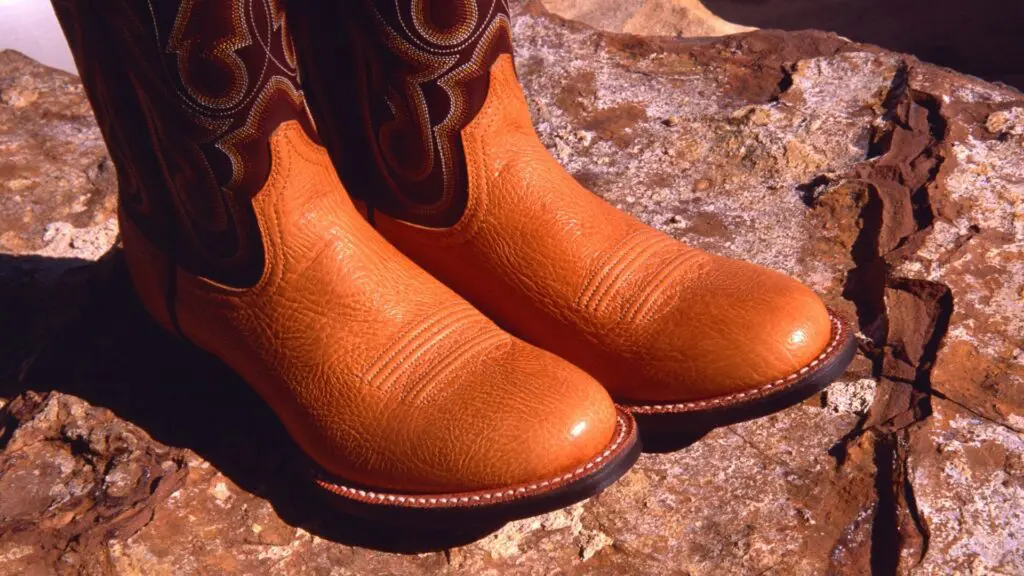
For those drawn to Western riding, cowboy boots are your go-to. Made predominantly from leather, these boots sport a pointed or square toe and are designed to secure your feet in the stirrups while providing protection from scrapes. The fitting is crucial here as well. Many riders prefer roper cowboy boots for their low heel and shorter shaft, making them more comfortable for walking and riding in hot weather.
Regardless of the boot style you choose, they all share a common purpose: to keep your feet securely in the stirrups and protect your lower legs. And let’s not forget they offer essential ankle support, a crucial aspect when riding horses.
Riding Pants
Next on your equestrian wardrobe checklist are the riding pants, akin to a second skin. Specifically designed for horse riding, these pants protect your legs from chafing against the saddle while offering the grip you need for stability.
Two main types come to mind: jodhpurs and breeches. Jodhpurs are known for their comfort, making them perfect for everyday riding, while breeches are more form-fitting and commonly used for shows. Brands like Kerrits, BALEAF, and Horze offer suitable options for beginners.
Though some riders opt for jeans, they can sometimes be restrictive and uncomfortable. A more flexible and comfortable option lies in breeches or riding tights. These come in a variety of materials, from cotton and wool to synthetics. They’re available in a spectrum of colors and styles, ensuring there’s something for every rider.
Some breeches are equipped with a built-in grip to help secure you in the saddle, while others feature a stretch panel for enhanced comfort and flexibility. Regardless of the type of breeches or riding tights you opt for, remember the golden rule: they should fit well and feel comfortable to wear. Comfort, after all, can significantly influence your riding experience.

Riding Shirts
When you are horseback riding, it is important to wear a shirt that will not restrict your movement or interfere with your ability to control your horse safely. You can wear a T-shirt, a button-down shirt, or a riding shirt.
In addition, there are shirts specifically designed for horseback riding, and they have a few features that make them ideal for this activity. They are made from a breathable material, have a comfortable fit, and often have pockets for holding things like your phone or keys.
Snap button shirts are also a good option for horseback riding. Cowboys wear snap-button shirts when riding because they are comfortable and easy to move in, and the snap-buttons secure their pockets. In addition, snap-button shirts come in various colors and styles to suit your needs.
T-shirts are the least expensive option and are also comfortable, but they don’t offer the same level of protection from the elements as a riding shirt or a button-down shirt.
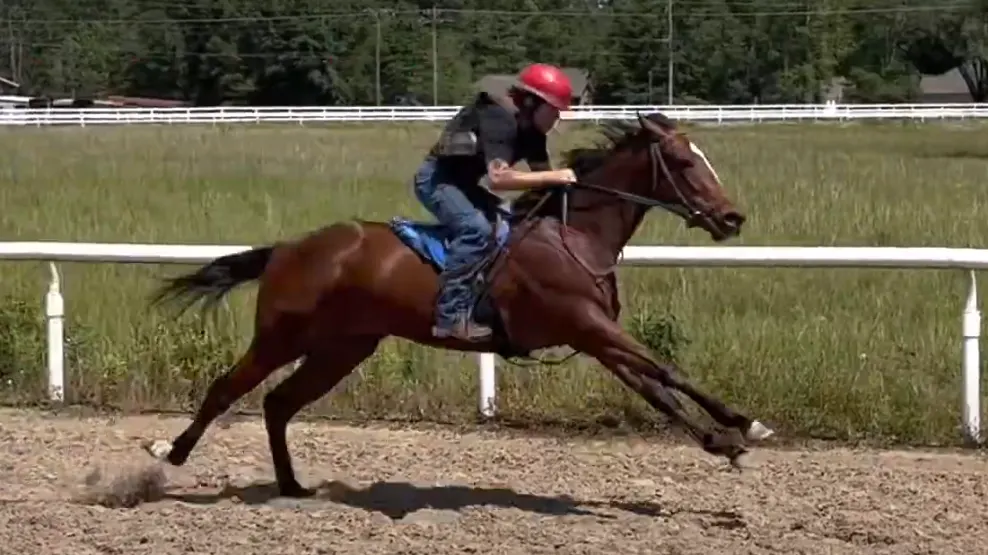
Body Protectors
Lastly, the body protector is an essential piece of gear you shouldn’t overlook. Think of it as your personal bodyguard, a safeguard that shields your torso from potential injuries during your equestrian adventures. Body protectors serve as a vital layer of protection, absorbing impacts and distributing force, keeping you safe during falls or unexpected encounters.
When choosing a body protector, three key factors should guide your decision: fit, coverage, and ease of movement. A well-fitting protector will ensure maximum safety, while ample coverage offers comprehensive protection. At the same time, it should allow for unrestricted movement, letting you ride confidently and comfortably.
Moreover, some body protectors are adjustable, making it easy to customize the fit according to your body shape. Look for brands like Airowear or Tipperary, known for their beginner-friendly designs. These brands strike a balance between safety and comfort, providing you with reliable protection without hindering your riding experience.
In conclusion, a body protector is an indispensable investment for every rider, especially beginners. It offers peace of mind, knowing that you are shielded from potential harm while you focus on honing your riding skills and forming a bond with your equine companion.
Caring for Your Horse Riding Gear
Imagine your horse riding gear as a loyal friend, accompanying you on every equestrian adventure. Just like any good friendship, it requires care and attention to thrive. Cleaning and maintaining your gear not only keeps it looking great but also ensures it performs well.
Helmet interiors can be wiped with a damp cloth, while boots benefit from a good brush and polish. Riding pants and gloves? They’re usually machine-washable. Always check the manufacturer’s instructions before cleaning. Remember, proper care can significantly extend your gear’s lifespan.
But how can you make your gear last even longer? Store it in a cool, dry place and avoid exposing it to extreme temperatures. Regularly inspect your equipment for wear and tear, fixing minor issues before they become major problems.
However, no matter how well you care for your gear, there comes a time when it needs replacing. If your helmet has taken a hard knock, it’s time for a new one, even if there are no visible signs of damage. Boots with worn soles, gloves with fraying seams, or any gear that no longer fits properly are all signs it’s time for an upgrade. Remember, your safety is paramount, and your gear plays a vital role in it.

Understanding Horse Tack for Beginners
The world of horse riding can seem quite complex for beginners, especially when it comes to understanding horse tack. But don’t worry – I’m here to break it down for you. Horse tack refers to the equipment you use to ride a horse, and understanding its basic components, the importance of a proper fit, and some beginner-friendly options can be a game-changer in your riding journey.
First, let’s discuss the basic components of horse tack. The saddle is where the rider sits, designed to offer comfort and stability. The bridle is a piece of equipment placed on a horse’s head to control its direction and speed. The bit, a part of the bridle, is a device inserted into a horse’s mouth to help communicate the rider’s commands.
The importance of properly fitting tack cannot be overstated. Just as your shoes need to fit well to avoid discomfort, the same applies to horse tack. An ill-fitting saddle could cause soreness or injury to the horse’s back, while a poorly fitted bridle might compromise the control and communication between you and the horse. Therefore, ensuring your tack fits both you and your horse correctly is paramount for comfort and safety.
Choosing your first set of horse tack might seem daunting, but there are plenty of beginner-friendly options out there. Look for brands like Wintec for saddles, known for their durability and adjustability, making maintenance a breeze.
For bridles and bits, consider brands like Weaver Leather or Korsteel, which are known for their quality and ease of use. Remember, the right tack is not only an essential safety measure but also a crucial step in creating a positive and enjoyable riding experience for you and your horse.
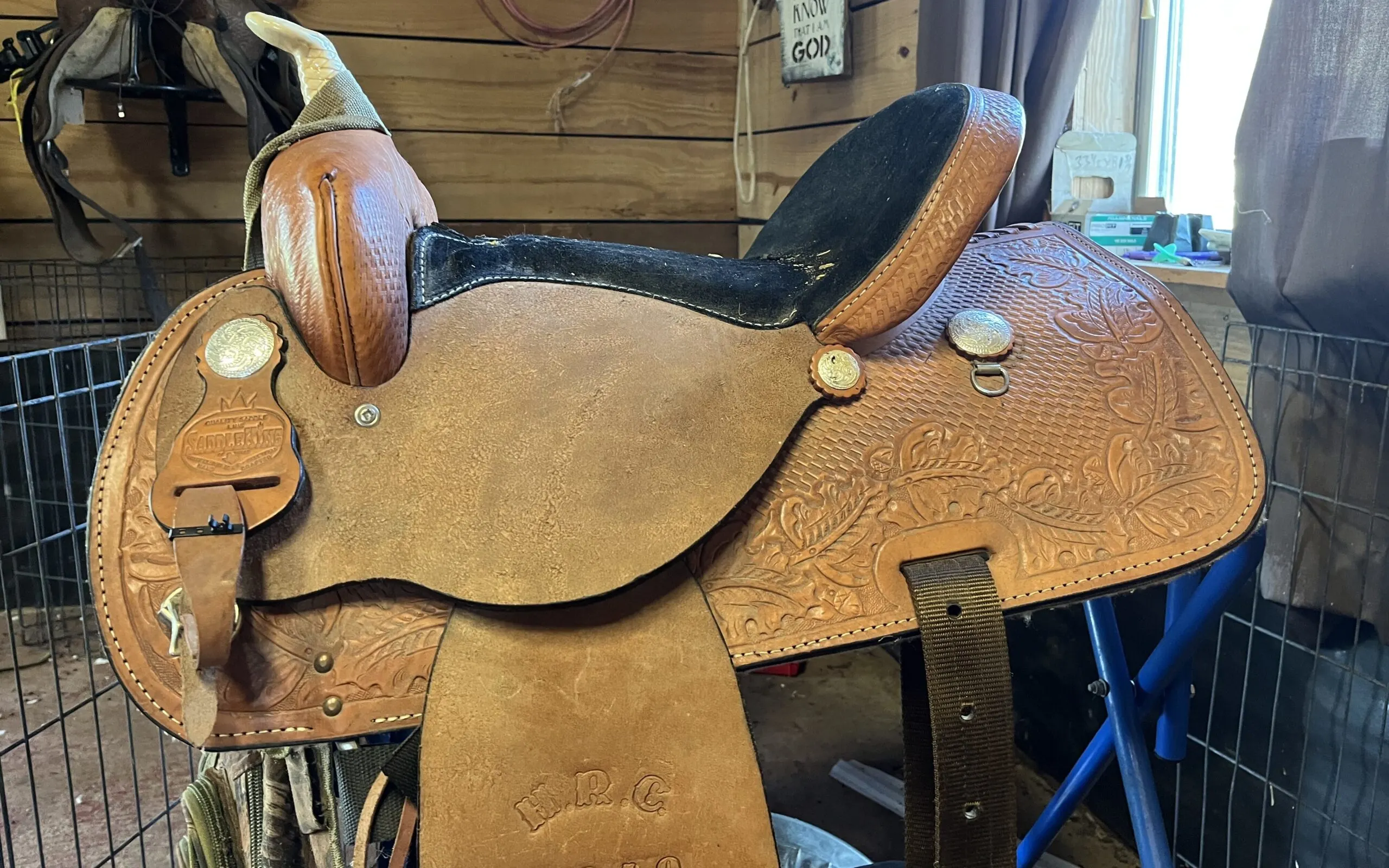
Horse riding saddles
Some people don’t think saddles are essential; however, I’m not one of those people. They distribute riders’ weight and make carrying a person safer and more comfortable for horses. There are various saddles available on the market, and it can be challenging to know which one is right for you. When shopping for a saddle, it is vital to consider the kind of riding you will be doing.
There are saddles designed for English, western, endurance, and many other equine activities. You also need to consider the saddle size and the seat’s shape. The saddle size should be based on the horse’s size, and the seat’s shape should be based on your comfort. Various materials are used to make saddles, so you should also consider what material you want.
The most common materials used to make saddles are leather and synthetic. Each of these materials has advantages and disadvantages, so you should choose the one that is right for you. Leather saddles are generally more expensive than synthetic ones but are also more durable.
Synthetic saddles are often made from recycled materials, so they are a good choice for those looking for an eco-friendly option. No matter which saddle you choose, make sure it fits correctly and is comfortable for you and the horse.

Horse Bridles
A bridle is horse riding gear that helps the rider control the horse. The bridle includes the headstall, bit, and reins. The bit goes into the horse’s mouth and directs the horse by applying pressure to its jaw.
The headstall goes over the horse’s head and holds the bit. You should ensure the bridle fits correctly, and the rider should be aware of the horse’s comfort level. If the bridle is too loose or too tight, it can cause pain and irritation.
You should adjust the bridle to be comfortable for both the horse and the rider. There are various types available on the market; the most common materials used to make bridles are leather and synthetic. Each of these materials has its advantages and disadvantages, so you should choose the one that is right for you.
Leather bridles are generally more expensive than synthetic ones but are also more durable. Synthetic bridles are often made from recycled materials, so they are a good choice for those looking for an eco-friendly option. No matter which bridle you choose, make sure it fits correctly and doesn’t harm your horse.
Tips for Choosing the Right Horse Riding Gear
When choosing horse riding gear, it is essential to consider the type of riding you will be doing. If you are just starting out, buying basic gear suitable for various activities is a good idea. This includes clothes such as jeans, riding boots, and a comfortable fitted shirt, as well as safety equipment such as a helmet and boots.
If you plan on doing more specialized types of riding, such as showjumping or dressage, you will need to buy gear specifically designed for that activity. This might include things like breeches, gloves, and a show shirt.
It’s important that your gear fits well and feels comfortable. If you’re not wearing the right size helmet, for example, one that might be too big, it will not stay in place and could slip over your eyes when riding.
It is also vital to ensure all tack is correctly fitted to prevent any discomfort to your horse. Finally, remember always to put safety first when choosing horseback riding gear.
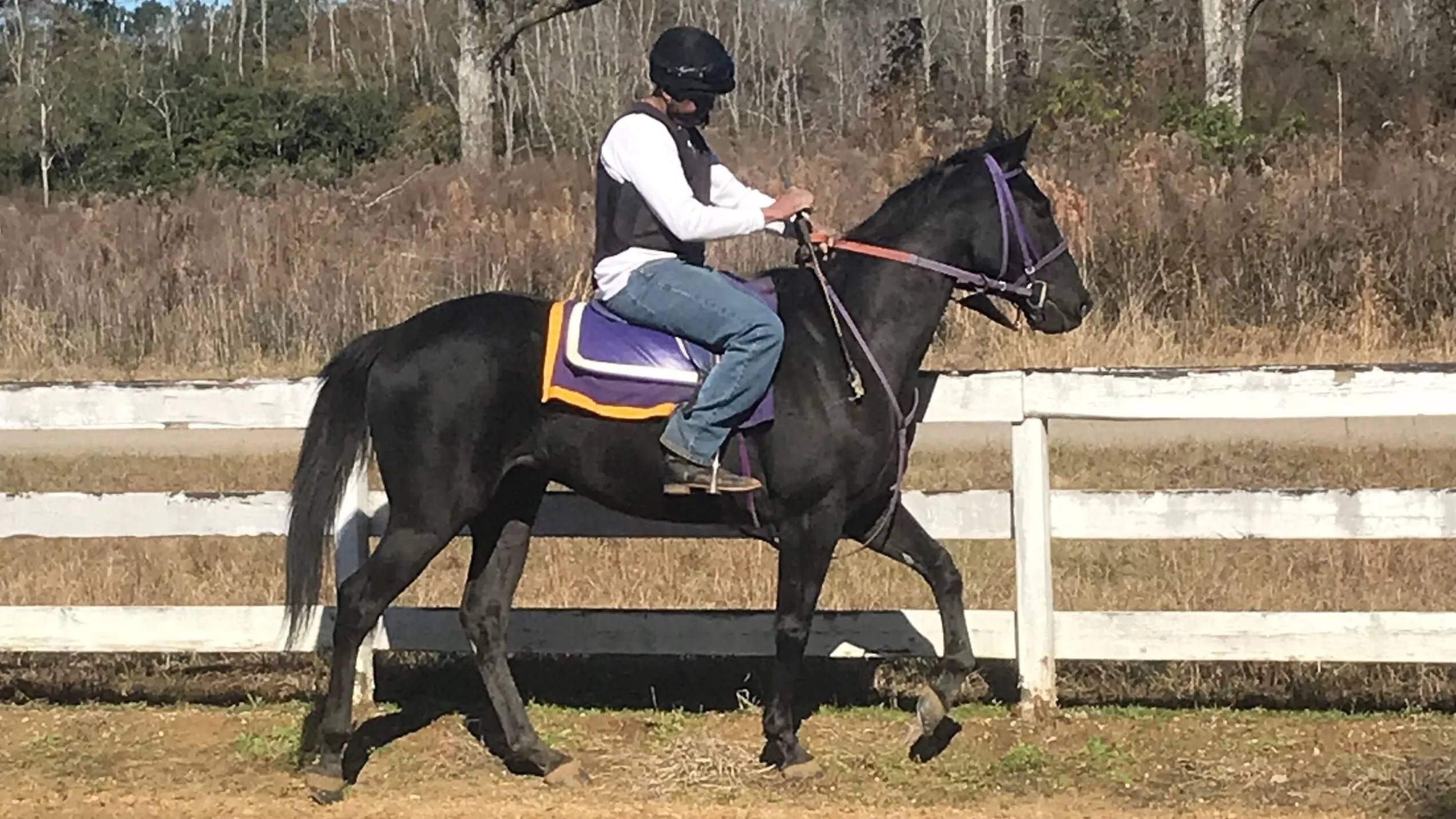
Important Riding Etiquettes and Safety Measures
Entering the world of horse riding is not just about mastering the reins or getting the right gear. It’s also about learning the unspoken rules of the ride – the horse riding etiquette – and respecting both your horse and your fellow riders. In addition, while the thrill of riding is undeniable, safety should always be your top priority.
First, there are a few basic horse riding rules every beginner should know. When riding in a group, always maintain a safe distance from the other horses to avoid startling them or causing an accident. It’s also important to remember that the rider on the right usually has the right of way, and faster riders should always pass on the inside. And remember, just as with driving, never “drink and ride.”
The importance of respect within the equestrian community cannot be overstated. This includes respect for the horse, understanding its needs and signals, and treating it kindly and patiently. Respect also extends to fellow riders. Always consider their space, comfort, and safety, and follow the shared rules of riding spaces, whether it’s a riding school or a shared trail.
Safety is paramount in horse riding. Always wear your safety gear, including a helmet, body protector, and suitable boots. Learn how to mount and dismount safely, and never leave a tacked horse unattended. Understand your horse’s behavior and signs of discomfort or fear. Remember, a comfortable horse is a safer ride.
Horse riding is a journey of constant learning and bonding with a magnificent creature. Being aware of these etiquettes and safety measures ensures a safer, more enjoyable ride for you, your horse, and your fellow riders. Enjoy the ride.
Conclusion
When it comes to horseback riding, it is essential to make sure you dress appropriately. You will need boots to keep your feet in the stirrups, a helmet, and other safety gear. Choosing the right type of clothing and gear is also important based on the type of riding you plan on doing.
Remember to always put safety first when choosing horseback riding gear. Make sure you buy products from reputable brands with a good reputation for safety. You can enjoy horseback riding safely and comfortably with the right equipment and clothing.
Horse riding is expensive but worth every penny.
Below is a YouTube video that provides insight into the horse riding equipment you need.
FAQs
What equipment do you need for horse riding lessons?
For horse riding lessons, you’ll need a certified riding helmet, riding boots with a heel, and comfortable riding pants. Some schools may also require a body protector. Always check with your riding school for their specific gear requirements.
What do I need to get my first horse?
For your first horse, you’ll need suitable shelter (a barn or stable), secure pasture for grazing, horse feed and water supplies, grooming tools, and horse tack (saddle, bridle, bit). You should also have a good veterinarian and farrier on call and funds for routine care and unexpected medical costs.
Why do equestrians wear tight clothes?
Equestrians wear tight clothes because it helps them maintain proper posture, prevent chafing, and doesn’t interfere with their riding. Plus, the form-fitting material allows riders to move freely. It’s not just about looking good; it’s about being safe.
Meet Miles Henry
An avid equestrian and seasoned racehorse owner, Miles Henry brings his extensive experience to the equine world, proudly associating with the AQHA, The Jockey Club, and various other equine organizations. Beyond the racetrack, Miles is an accomplished author, having published various books about horses, and is a recognized authority in the field, with his work cited in multiple publications.
🔗 Connect with Miles:
Twitter
Facebook
YouTube: Check out race highlights, horse care tips, and more!

